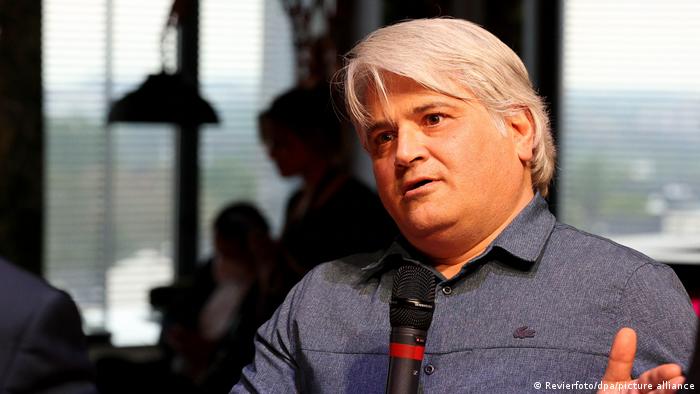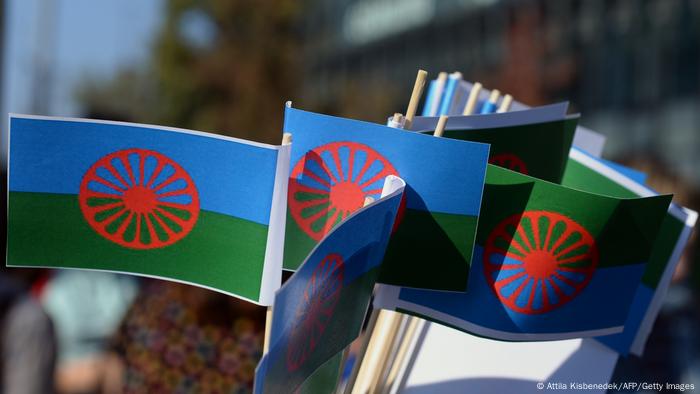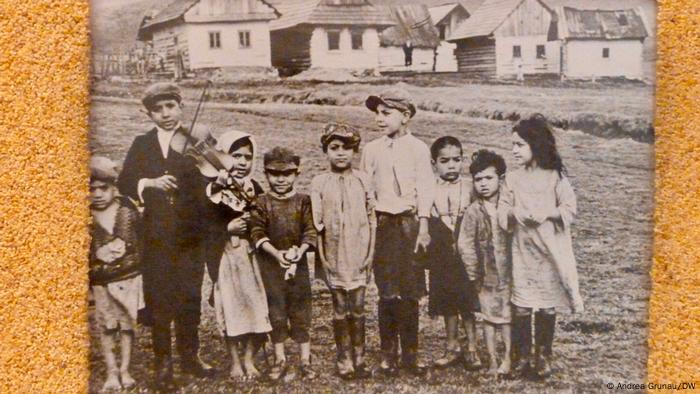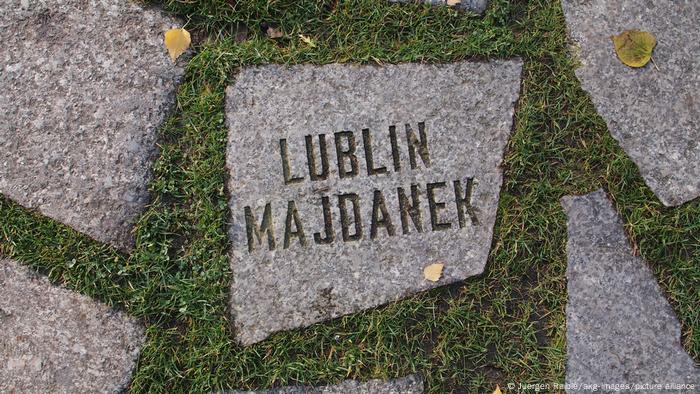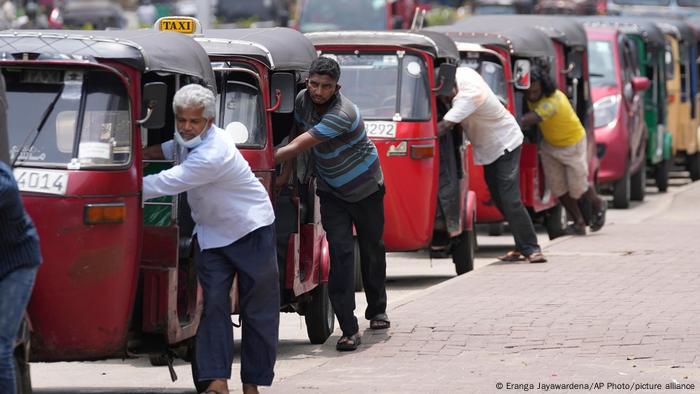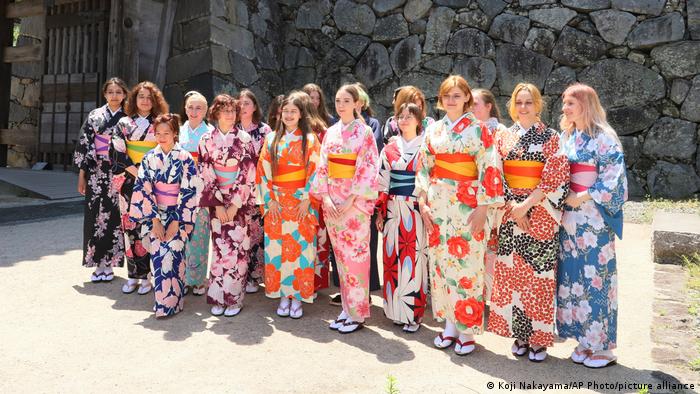
The EPA announces new proposals to protect Alaska's salmon-rich Bristol Bay.
Photo courtesy of U.S. Environmental Protection Agency.
May 25 (UPI) -- The U.S. Environmental Protection Agency announced plans Wednesday to protect Alaska's salmon-rich Bristol Bay with a move that would block construction of Pebble Mine.
The EPA's proposed ban, under the Clean Water Act, would restrict the use of the Bristol Bay watershed as disposal sites for dredge associated with mining gold and copper at the Pebble Deposit. The EPA will take comments on the proposal at public hearings next month.
Bristol Bay's rivers, streams and wetlands support the world's largest sockeye salmon fishery, along with Alaska Native communities. Its salmon resources generate 15,000 jobs and were estimated to be worth more than $2.2 billion in 2019.
"Where that mine is is the spawning beds of the greatest salmon-producing rivers in the world," Curyung tribal chief Tom Tilden said earlier this month at the U.S. Capitol.
May 25 (UPI) -- The U.S. Environmental Protection Agency announced plans Wednesday to protect Alaska's salmon-rich Bristol Bay with a move that would block construction of Pebble Mine.
The EPA's proposed ban, under the Clean Water Act, would restrict the use of the Bristol Bay watershed as disposal sites for dredge associated with mining gold and copper at the Pebble Deposit. The EPA will take comments on the proposal at public hearings next month.
Bristol Bay's rivers, streams and wetlands support the world's largest sockeye salmon fishery, along with Alaska Native communities. Its salmon resources generate 15,000 jobs and were estimated to be worth more than $2.2 billion in 2019.
"Where that mine is is the spawning beds of the greatest salmon-producing rivers in the world," Curyung tribal chief Tom Tilden said earlier this month at the U.S. Capitol.
Pebble Limited Partnership has lobbied for years to build the open-pit gold and copper mine, claiming it would enrich the region with high-paying jobs. The company also argued its state-of-the-art mine design would have no significant effect on Bristol Bay's fish run.
"Two decades of scientific study show us that mining the Pebble Deposit would cause permanent damage to an ecosystem that supports a renewable economic powerhouse and has sustained fishing cultures since time immemorial," said Casey Sixkiller, Regional Administrator for EPA Region 10. "Clearly, Bristol Bay and the thousands of people who rely on it deserve protection."
The Obama administration initially blocked the Pebble Mine project in 2014. Trump administration officials reversed the decision after the U.S. Army Corps of Engineers determined the operation would have "no measurable effect" on fish populations. EPA reversed the mine decision again last September.
EPA Administrator Michael S. Regan said Pebble Limited Partnership's Mine Plan would destroy 8.5 miles of streams, resulting in fish displacement, injury and death.
"EPA is committed to following the science, the law and a transparent public process to determine what is needed to ensure that this irreplaceable and invaluable resource is protected for current and future generations."
"EPA is committed to following the science, the law and a transparent public process to determine what is needed to ensure that this irreplaceable and invaluable resource is protected for current and future generations."




